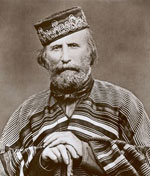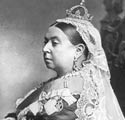The Gilded Age is a period in American society at the end of the Nineteenth Century (roughly 1870-1900). The Gilded Age is characterised by rapid economic growth and conspicuous outer wealth, providing a mask for problems, such as poverty, inequality and social injustice. The phrase Gilded Age was coined by Mark Twain in The Gilded Age: A Tale of Today (1873), which is a satire on materialism and political corruption.
Famous Business people of the Gilded Age
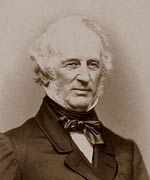 Cornelius Vanderbilt (May 27, 1794 – 1877) Vanderbilt amassed his fortune through his dominance of railroads and shipping. He built and controlled many of the most significant railroads in America, such as the New York Railroad and the Grand Central Terminal.
Cornelius Vanderbilt (May 27, 1794 – 1877) Vanderbilt amassed his fortune through his dominance of railroads and shipping. He built and controlled many of the most significant railroads in America, such as the New York Railroad and the Grand Central Terminal.
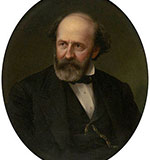
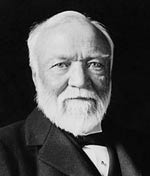 Andrew Carnegie (1835 – 1919) Born in Scotland, Carnegie moved to America where he became very wealthy through dominating the US steel industry. After selling his steel corporation in 1901, he devoted the rest of his life to philanthropy.
Andrew Carnegie (1835 – 1919) Born in Scotland, Carnegie moved to America where he became very wealthy through dominating the US steel industry. After selling his steel corporation in 1901, he devoted the rest of his life to philanthropy.
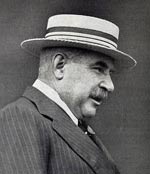 John Pierpont “J. P.” Morgan (1837 – 1913) J.P.Morgan built a financial empire based on banking, and investment. He arranged the biggest mergers of his day. Morgan was a key player in the formation of great corporations such as General Electric 1892 and the US steel corporation. He used his wealth to supply the US government with gold during the 1895 financial crisis.
John Pierpont “J. P.” Morgan (1837 – 1913) J.P.Morgan built a financial empire based on banking, and investment. He arranged the biggest mergers of his day. Morgan was a key player in the formation of great corporations such as General Electric 1892 and the US steel corporation. He used his wealth to supply the US government with gold during the 1895 financial crisis.
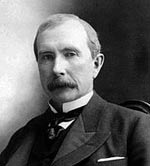 John D. Rockefeller (1839 – 1937) Rockefeller founded Standard Oil in 1870; the firm soon gained monopoly power over the production and distribution of oil (mostly Kerosene for lighting until 1900.) Standard Oil’s monopoly power was achieved through aggressive tactics to undercut rivals and using his vertical power of controlling railroad fees. Standard Oil was seen as embodying the worst excesses of the new ‘Trust’ monopoly companies. It was eventually broken up in 1911 by the Supreme Court – a symbolic attack on the monopolies of the Gilded Age. Rockefeller retired in 1897 and spent his remaining years in philanthropic pursuits.
John D. Rockefeller (1839 – 1937) Rockefeller founded Standard Oil in 1870; the firm soon gained monopoly power over the production and distribution of oil (mostly Kerosene for lighting until 1900.) Standard Oil’s monopoly power was achieved through aggressive tactics to undercut rivals and using his vertical power of controlling railroad fees. Standard Oil was seen as embodying the worst excesses of the new ‘Trust’ monopoly companies. It was eventually broken up in 1911 by the Supreme Court – a symbolic attack on the monopolies of the Gilded Age. Rockefeller retired in 1897 and spent his remaining years in philanthropic pursuits.
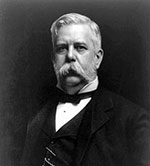
Thomas Edison (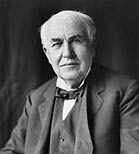 1847 – 1931) Pioneer of the mass use and distribution of electricity. Edison was one of the most prolific inventors, who developed commercially available electric light bulbs. Edison also was a pioneer in electricity distribution, though his preferred DC system was not widely adopted.
1847 – 1931) Pioneer of the mass use and distribution of electricity. Edison was one of the most prolific inventors, who developed commercially available electric light bulbs. Edison also was a pioneer in electricity distribution, though his preferred DC system was not widely adopted.
Political figures of the Gilded Age
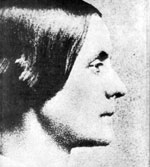 Susan B Anthony (1820 – 1906) was a campaigner for civil rights and women’s suffrage. One of the most influential women who helped secure women the right to vote.
Susan B Anthony (1820 – 1906) was a campaigner for civil rights and women’s suffrage. One of the most influential women who helped secure women the right to vote.
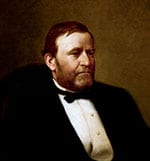
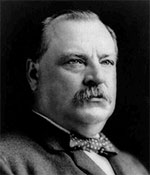
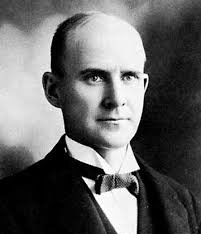
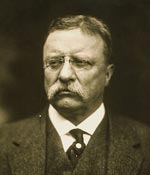
Cultural/literary figures of the Gilded Age
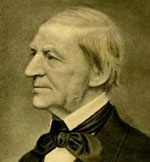 Ralph Waldo Emerson (1803 – 1882) was a leading poet, Transcendentalist and influential philosopher. He espoused no fixed doctrine but expanded on ideas of freedom, nature and the possibilities of man.
Ralph Waldo Emerson (1803 – 1882) was a leading poet, Transcendentalist and influential philosopher. He espoused no fixed doctrine but expanded on ideas of freedom, nature and the possibilities of man.
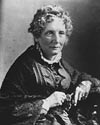 Harriet Beecher Stowe (1811 – 1896) – Stowe was a writer who helped popularise the anti-slavery movement. Her book ‘Uncle Tom’s Cabin’ (1852) depicted life under slavery and contributed to turning public opinion in the North against slavery.
Harriet Beecher Stowe (1811 – 1896) – Stowe was a writer who helped popularise the anti-slavery movement. Her book ‘Uncle Tom’s Cabin’ (1852) depicted life under slavery and contributed to turning public opinion in the North against slavery.
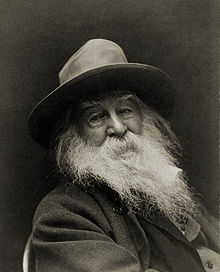
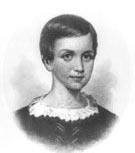 Emily Dickinson (1830 – 1886). One of America’s greatest female poets, Emily Dickinson’s themes of death and immortality became very popular and influenced the development of modern poetry. During her lifetime, she lived mainly in seclusion, and her poetry wasn’t widely read until after her death.
Emily Dickinson (1830 – 1886). One of America’s greatest female poets, Emily Dickinson’s themes of death and immortality became very popular and influenced the development of modern poetry. During her lifetime, she lived mainly in seclusion, and her poetry wasn’t widely read until after her death.
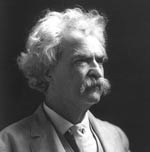
Citation: Pettinger, Tejvan. “Famous People of the Gilded Age”, Oxford, www.biographyonline.net, 12th February 2016. Updated 10th February 2017.
The Gilded Age in New York, 1870-1910
The Gilded Age in New York, 1870-1910 at Amazon
America in the Gilded Age: Third Edition
America in the Gilded Age: Third Edition at Amazon
Further Reading
 Definition of the Gilded Age (1870-1900) – What the Gilded Age meant for America, and where the phrase came from.
Definition of the Gilded Age (1870-1900) – What the Gilded Age meant for America, and where the phrase came from.
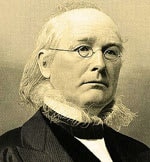
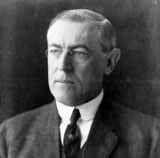
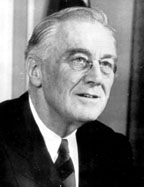
Famous Americans – Great Americans from the Founding Fathers to modern civil rights activists. Including presidents, authors, musicians, entrepreneurs and businessmen.
Similar Eras
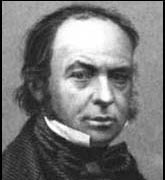 Industrial Revolution (1750s – 1900) The great inventors, entrepreneurs and businessmen of the industrial revolution. Also the social activists of the era.
Industrial Revolution (1750s – 1900) The great inventors, entrepreneurs and businessmen of the industrial revolution. Also the social activists of the era.
